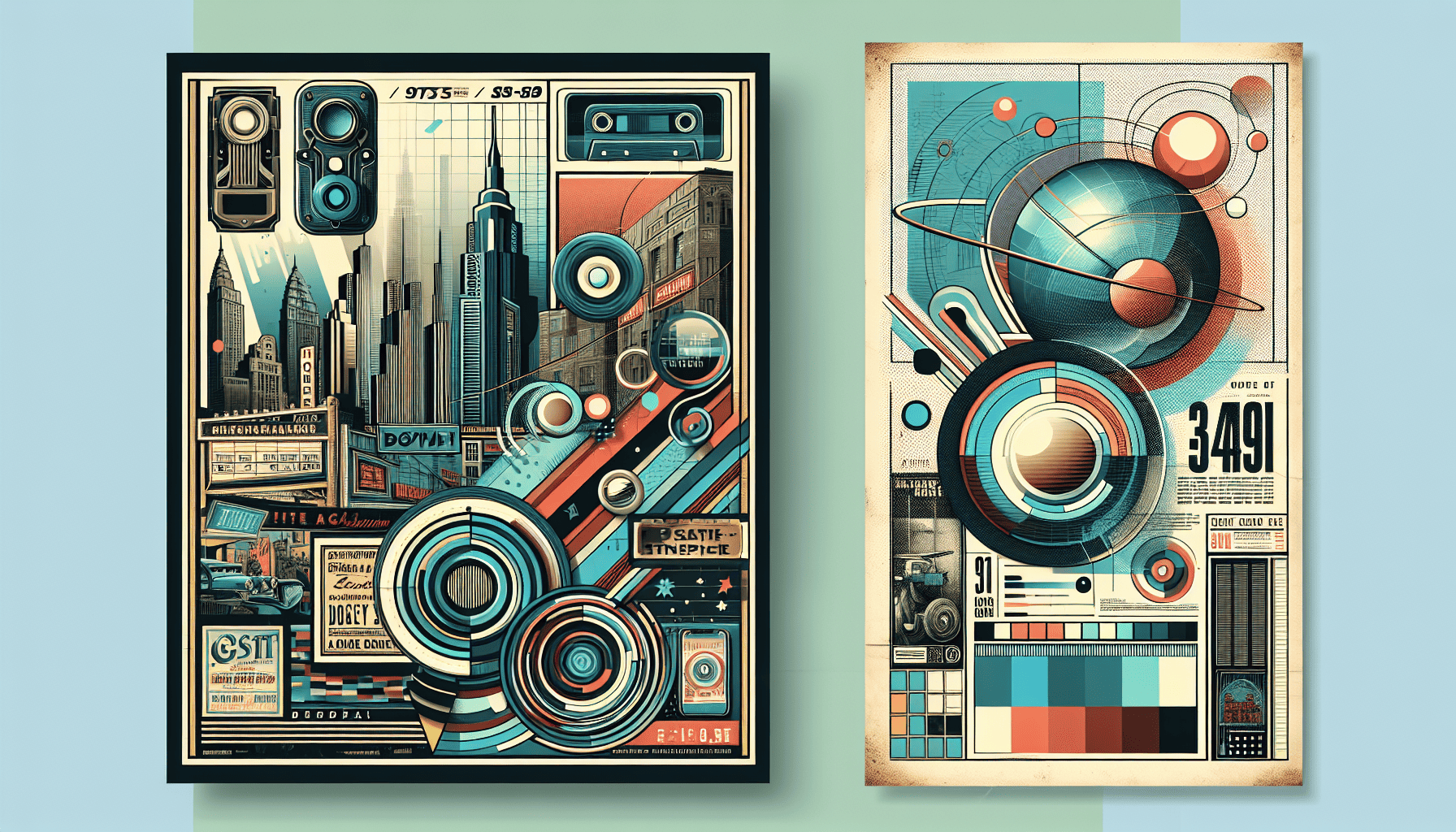In recent years, the world of graphic design has witnessed a remarkable resurgence of retro design elements, breathing new life into styles that once dominated the visual landscape. This embrace of nostalgia, paired with contemporary aesthetics, has created a unique fusion that resonates with audiences of all ages. As designers explore this realm, they discover the incredible potential of retro graphics to evoke emotions, tell stories, and create striking visual experiences.
The allure of retro design lies in its ability to transport individuals to a different time, often evoking memories and emotions associated with the past. From the bold typography of the 1980s to the psychedelic patterns of the 1960s, each era offers a distinct palette of visual cues that designers can draw from. This revival is not merely about imitation; it's about reinterpretation. Modern designers are tasked with the challenge of balancing authenticity with innovation, crafting visuals that are both familiar and fresh.
One of the key elements driving the resurgence of retro design is technology. With advancements in digital tools, designers now have access to sophisticated software that allows them to recreate vintage effects with precision. Textures such as grain, noise, and halftones can be effortlessly applied to digital canvases, giving them the warmth and character of their analog counterparts. Moreover, the ability to blend retro elements with modern graphics techniques results in a seamless integration that captivates viewers.
Color plays a pivotal role in retro design, often drawing from palettes that are vibrant and unconventional by today's standards. The hues of the 70s and 80s, for example, are characterized by their boldness and contrast, a stark departure from the minimalist trends that have dominated recent years. Designers are experimenting with these retro color schemes to inject energy and playfulness into their work, making striking statements that command attention.
Typography is another area where retro influences shine. The distinct lettering styles of bygone eras, from Art Deco to neon-lit signage, are experiencing a renaissance. Designers are reviving custom typefaces and hand-drawn lettering, infusing their projects with individuality and a sense of craftsmanship. By blending these vintage fonts with modern layout techniques, they achieve a harmonious balance that pays homage to history while embracing the present.
The resurgence of retro design is not confined to any single medium. From branding and advertising to web design and social media, its impact is far-reaching. Brands seeking to connect with consumers on a deeper level are tapping into nostalgia as a powerful marketing tool. By aligning themselves with the retro revival, they create an emotional resonance that fosters brand loyalty and cultural relevance.
This blend of old and new also reflects a broader cultural and societal context. As the world becomes increasingly digital and automated, there is a yearning for authenticity and tactile experiences. Retro design offers a counterbalance, reminding us of a time when things were simpler, and creativity was often driven by human touch and ingenuity.
In conclusion, the revival of retro design elements in modern graphics is a testament to the enduring appeal of nostalgia and the endless possibilities of creative expression. By skillfully merging the aesthetics of the past with contemporary techniques, designers are crafting visuals that are not only visually stunning but also emotionally resonant. As this trend continues to evolve, it will undoubtedly inspire a new generation of creatives to explore the rich tapestry of history while forging ahead into the future.
